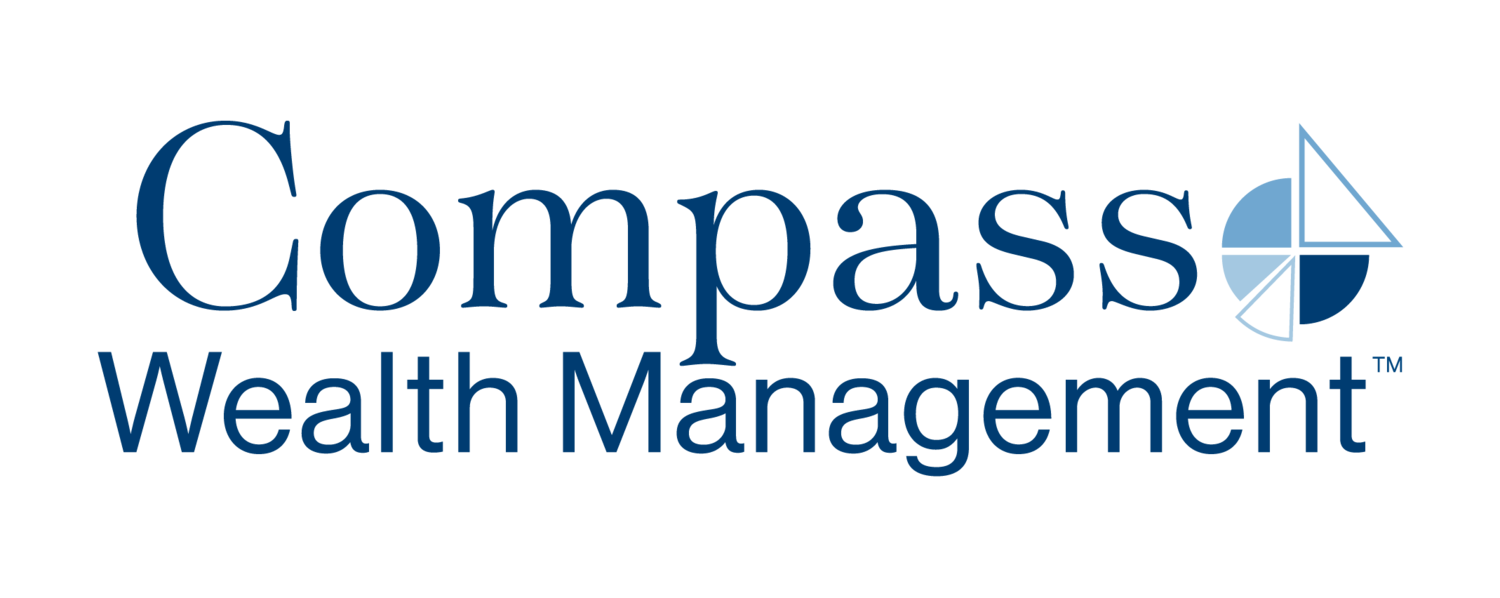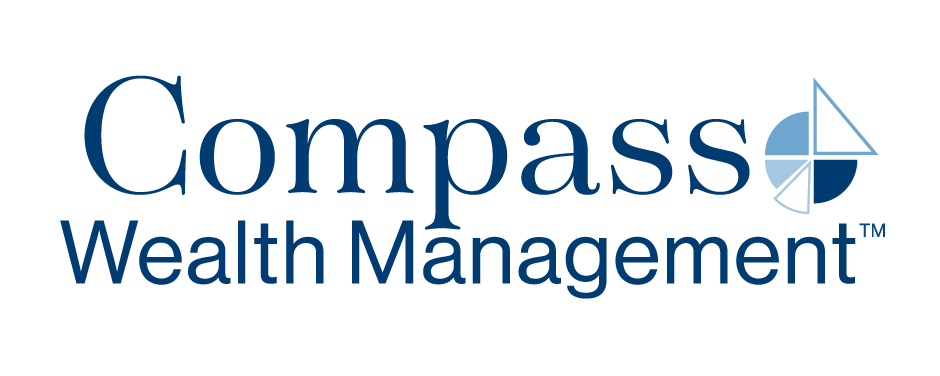Get Ahead with These Tax Planning Tips for 2025
As year-end approaches, we want to highlight key tax planning strategies for wrapping up 2024 and preparing for next year.
This list includes actionable strategies we may have begun implementing for clients or will consider at a more relevant time in the future. Our guidance for these strategies is specific to each client’s current projected tax situation and financial goals, ensuring customization for unique circumstances.
Please review this list and let us know if you have any questions regarding your specific tax situation:
1. Savings Diversification:
The significance of diversifying investments is frequently discussed in the financial community. However, diversifying your savings methods for retirement or other significant life expenses is equally important.
Strategic allocation during the accumulation phase often proves more effective for reducing clients’ lifetime tax burden. Establishing a strong foundation of tax diversification among various account types early can save substantial taxes in the future.
The following questions represent the most common decisions:
Does your employer offer a Roth contribution option for 401K deferrals and what are the tax tradeoffs to consider in this decision?
How much after-tax savings do you need compared to pre-tax savings?
Does your employer offer deferred compensation, stock purchase plans, or other programs to consider?
2. Roth Conversions:
Roth conversions are a powerful tool to combat future tax increases. They involve paying taxes now to convert traditional retirement accounts (pre-tax savings) into a Roth IRA to reduce future taxable required distributions.
At Compass, we provide tailored Roth conversion analyses to help you decide how much to convert without moving into a higher tax bracket.
3. Capital Gains and Loss Management:
When investment gains are common, as they were in 2023 and 2024 with positive returns across most asset classes, it becomes more difficult to offset these gains with realized losses. With this in mind, incorporating “tax-loss harvesting,” when possible, realizes losses in certain positions that are swapped into like investments. These losses can be used to offset current or future realized gains.
Realizing capital gains can be beneficial in lower tax earning years. For example, in 2025, joint filers with taxable income below $96,700 can benefit from the 0% long-term capital gains rate, while those below $600,050 qualify for the 15% rate. The 20% rate applies only to income exceeding $600,050, which is still a preferred rate.
4. Maximizing Retirement Contributions:
2025 brings higher overall contribution rates across retirement savings accounts as follows:
401(K), 403(b), 457(b), and Roth 401(k) elective deferral contribution limits are $23,500.
Catch-up provision for individuals 50 and over for these plans is up to an additional $7,500.
The above-stated catch-up limit is increased to $11,250 for those aged 60-63.
You can now contribute up to $7,000 to your Traditional or Roth IRA. If you are 50 or older, you can add an extra $1,000. Whether you can deduct your contributions (or be allowed to contribute) depends on if you have an employer plan and your income level.
5. Health Savings Accounts:
For 2025, HSA contribution limits move up to $4,300 for individuals and $8,550 for joint filers.
We emphasize contributing to HSA accounts (with HSA-eligible healthcare plans) due to their three tax benefits: a tax deduction in the year of contribution, tax-free growth, and tax-free withdrawals for medical expenses, including healthcare premiums.
Remember, these funds can be withdrawn at any time for medical-related expenses. However, there is no rule to ‘force’ money out of these plans, so they can be very effective as healthcare-specific savings accounts, helping to self-insure against long-term care costs.
6. Smart Charitable Giving:
Many people overlook the benefits of donating appreciated securities, as it allows donors to avoid paying capital gains taxes compared to donating cash.
Donor Advised Funds are gaining popularity to “front load” charitable contributions, enabling taxpayers to exceed the standard deduction limit and secure more tax savings each year.
Lastly, for clients over the age of 70 ½, using a qualified charitable distribution (QCD) to make charitable gifts from your IRA can help you avoid paying taxes on those distributions. This strategy can be beneficial if your total itemized deductions (including your charitable contributions) do not exceed the standard deduction.
Have questions or want to speak with our team directly? Contact us.
Robert Amato, CFP®, CIMA®
Principal
--------
This article may not be copied, reproduced, or distributed without Compass Wealth Management’s prior written consent.
Compass Wealth Management is a Registered Investment Advisor. Advisory services are only offered to clients or prospective clients where Compass Wealth Management and its representatives are properly licensed or exempt from licensure. This article is solely for informational purposes and is not intended to be relied on as a forecast, research, or investment advice, and is not a recommendation, offer, or solicitation to buy or sell any securities or to adopt any investment strategy. The opinions expressed may change as subsequent conditions vary. The information and opinions contained in this material are derived from proprietary and nonproprietary sources deemed by Compass Wealth Management to be reliable, are not necessarily all-inclusive, and are not guaranteed as to accuracy. Past performance is no guarantee of future results. There is no guarantee that any forecasts made will come to pass. Reliance upon information in this material is at the sole discretion of the reader. Investments involve risks.


